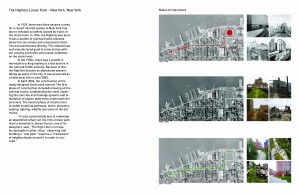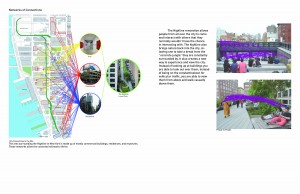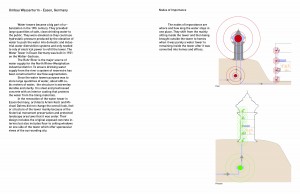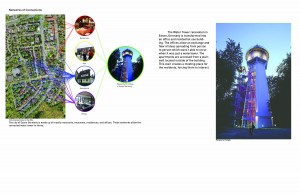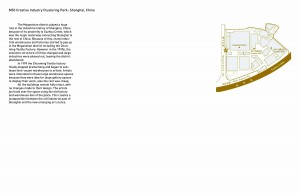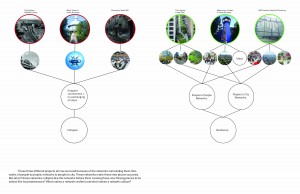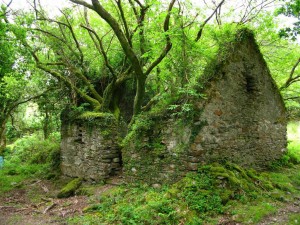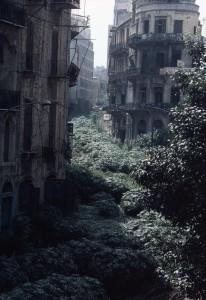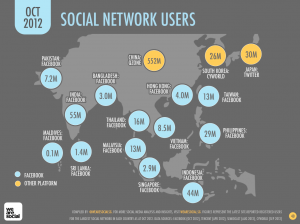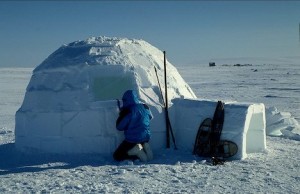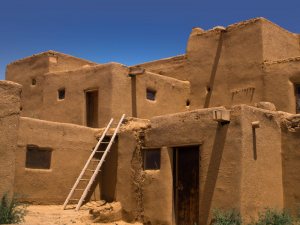caitlyn mccabe
Internal Review video
Internal Review Boards 10-2-13
Relevance and Adaptation
The idea of relevance is always in architecture but the aspects of what is relevant at the time changes constantly. Is there a way to design something that will adapt to the people and keep changing with the times to allow the design to never become irrelevant?
Most places become abandonded because they served out their pursope and are no longer relevant to the community. A huge part of the reason their services are no longer needed is because of the advances in technology, the more advanced we, as a civilization become, the more large industries become abandoned.
According to Geoff West “…cities are valuable because they facilitate human interactions, as people crammed into a few square miles exchange ideas and start collaborations.” Places that stay thriving for years on end all have a common factor, which is creating human interaction.
I’m really interested in this idea of design that doesnt become irrelevant; a reactive and adapting building form. Is there a way to design something that reacts to the things around it, so that it doesn’t matter if we are no longer here and some other life form comes into existence or whatnot the building/design will be able to react to them and become relevant to them. because how can we design something static for the future when we dont know what exactly the future holds and we dont know exactly what will be relevant then.
In the WIPP design proposals its almost commical that there are proposals that try to ward off other possible lifeforms or other civilizations from digging up the nuclear waste even after we are gone. How can we possibly predict what future generations/ species will find this site and how can we predict they will react to anything placed there meant to warn them to not dig will actually warn them against it and not actually make them want to find out whats there?
I’m focusing on three sites, a water tower in Essen Germany, the HighLine in New York City, and M50 Art Center in Shanghai China. I’m focusing on these three sites, looking at what made them important when they first were built, why they failed and were abandoned and what put them back into relevance.
DNA Technology
http://www.cnn.com/2013/09/04/tech/innovation/dna-face-sculptures/index.html
This reminded me when we were talking about DNA sequencing and soon everyone can get a full DNA record of anyone if they have any of their DNA. This artist finds random DNA in different places and is able to recreate peoples faces based on their DNA.
This is Caitlin’s project stream
Harmonious Living
“Every living thing struggles to exist at the expense of another life.”- The Island
We, humans have destroyed nature to build our cities and homes. We keep nature at bay constantly because if we weren’t here to keep it under control, it would over take the cities we created so carefully while destroying the geologic nature of the earth. Yes, we have nature preserves, but those are so minuscule compared to what nature was before we took over. Is there a way to live more harmoniously with nature?
The laws of Robotics states:
- A robot may not injure a human being or, through inaction, allow a human being to come to harm.
- A robot must obey the orders given to it by human beings, except where such orders would conflict with the First Law.
- A robot must protect its own existence as long as such protection does not conflict with the First or Second Law.
Can we apply this to how humans should think about nature and other living things?
As we begin to understand the earth and all its different processes, we can start to think of new ways to live and occupy the planet in less destructive ways. All living things play a huge role in the geological process and chemical transformations on the Earth. We need to start designing in ways that stop destroying our natural resources because, as stated in Making Geologic Now, “The human species can’t get along without the geologic but the geologic will continue on in some form or another long after we have ceased being part of it.” So, no matter what we do to the earth, it will survive in some way or another, but we might not.
Technological Networks
“The island was unencumbered by technology, but it had survived, it had out thought civilization.”- The Island We talked last week about how we might destroy ourselves as technology advances. One has to wonder if it would be better to live with less technology and to be more low-tech. I think we’ve gone too far with our technological advances for us to stop now. Also mentioned in The Island, “The things we know change and we have to change with them.” So as technology advances we have little choice but to keep up with it otherwise we would fall behind. In a way, though, technology allows us to connect with the world in ways we couldn’t even imagine before they were introduced to us. All the social media: facebook, twitter, reddit, ect., keeps us constantly connected to one another no matter how physically far apart we are. In the book The Things, the alien comments on how humans aren’t networked together. Biologically speaking, yes that is true, we are all separate entities, but socially speaking, that is false, we are interconnected through social medias. It’s hard to imagine a world without social media now a day. It’s become such a large part of human life and human interaction, so much so that some might argue that it’s starting to replace actual physical human interaction. So where is the line between the benefits of social media and the faults with it? And do the benefits outweigh these faults?
Adaptive Architecture
“The more you change, the more you can adapt; adaptation is survival; it’s axiomatic.” – The Things
The alien in the book The Things could morph into a better species to adapt to any environment it was in. It was confused that humans could not do the same, that we are stuck in maladaptive skins. I believe our architecture is our adaptation to the environment. We design, or at least should design, with the climate of our site in mind.
